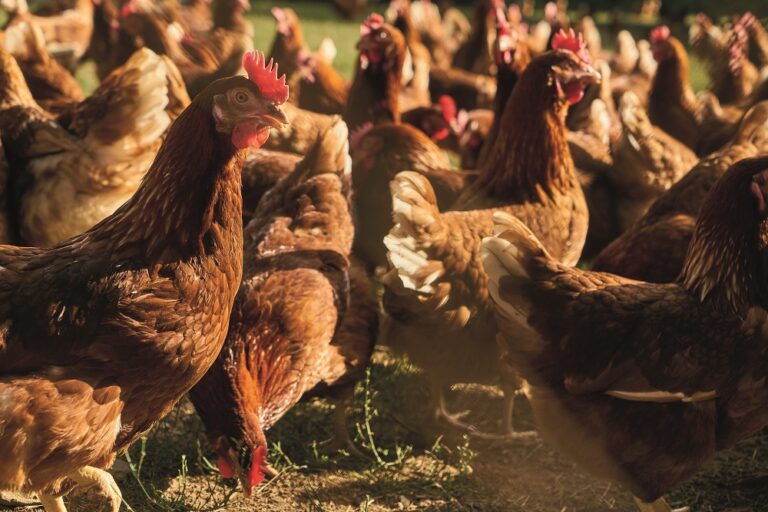Costs for egg producers have been rising for over a year now. Losses are mounting and there is no clear end in sight
Back in November, Robert Gooch, chief executive of the British Free Range Producers Association (BFREPA) called for a price rise for egg producers. He told Poultry Business prices were up across the board on everything from labour to raw materials by around 20% over the past year, amounting to an additional 6p per dozen eggs in increased costs.
In addition to this feed costs are at record levels.
But rather than any kind of improvement in the intervening months, the situation has now deteriorated to the extent producers are now on average making a loss per hen of £1.11 per year. “Our average producer now has 26,000 hens so that means they are losing £28,000 to £29,000 per year, Gooch told Poultry Business. “The inflationary pressures keep on mounting and their costs keep on increasing without any return from the marketplace to reflect those increasing costs.”
So how did we get to this position?
One of the main issues is the oversupply of egg in the market. During the pandemic, egg sales rose dramatically as more consumers cooked from scratch at home. This spike persuaded existing producers and new entrants from other sectors such as beef, sheep and arable to enter the market. Now shopping patterns have returned largely to pre-pandemic levels, there is too much egg available, which is suppressing prices, just as costs are piling up.
“Unfortunately, now, there is sufficient egg in the market that there is no reason packers would want to increase the price,” says Gooch. “Feed trackers are not normal, a variable price contract is normal, so, there is no contractual reason inflationary prices would be reflected in increased prices for producers.”
The Covid hangover
While numbers of new entrants are now plateauing, in the previous two months, the number of free range hens on the ground actually increased by 500,000, according to industry data supplied to Gooch.
So why would more people be coming into the market if it is currently loss making?
“With Brexit there are a lot of farmers in mainstream sectors who have been encouraged to diversify because of the reduction in subsidies in those other sectors,” Gooch says. “Many producers aren’t aware that if they sign an egg supply contract with a packer they are effectively tying themselves into a loss-making situation because they have to keep supplying despite the fact the packer may have reduced the price.
“If you are an arable farmer supplying wheat or a beef producer, you accept the ups and downs of the market. But what a lot of those producers hadn’t taken account of, you are locked in to supplying eggs even if the price goes down.”
Scale of losses
So, what kind of losses are producers making? Between January 2021 and January 2022, the price paid to producers for eggs has increased on average by 59p per hen, according to Gooch, citing ADAS data. But that increase has been more than offset by inflationary costs. In the past year, pullet costs are up 25p per hen, feed is up £1.07 per hen, electricity is up 27p per hen, and house clean down costs are up 12p per hen.
This amounts to a total increase in costs of £1.70 per hen, meaning taking into account the increase in income of 59p, most producers made a loss of £1.11 per hen in the past year.
More feed trackers
BFREPA is working with packers to get more of its members on to feed tracker contracts, which would offer some level of protection. Currently around 30% are on a feed tracker of some sort. But even then, Gooch says not all feed trackers are being honoured, due to various loopholes. The Tesco feed tracker provides a model of how other retailers could use their might to encourage other packers to offer fairer terms.
However, it’s not completely clear cut. Some producers would prefer to take the highs and lows of the market, rather than settle on a lower average price offering protection against losses.
In the meantime, producers have the added stress of the housing order, which – if it continues beyond 21 March – will pose a threat to producers’ free range status.
For now, all producers can do is sit tight and wait for the market to rise, whilst hoping their costs don’t continue to mount.


